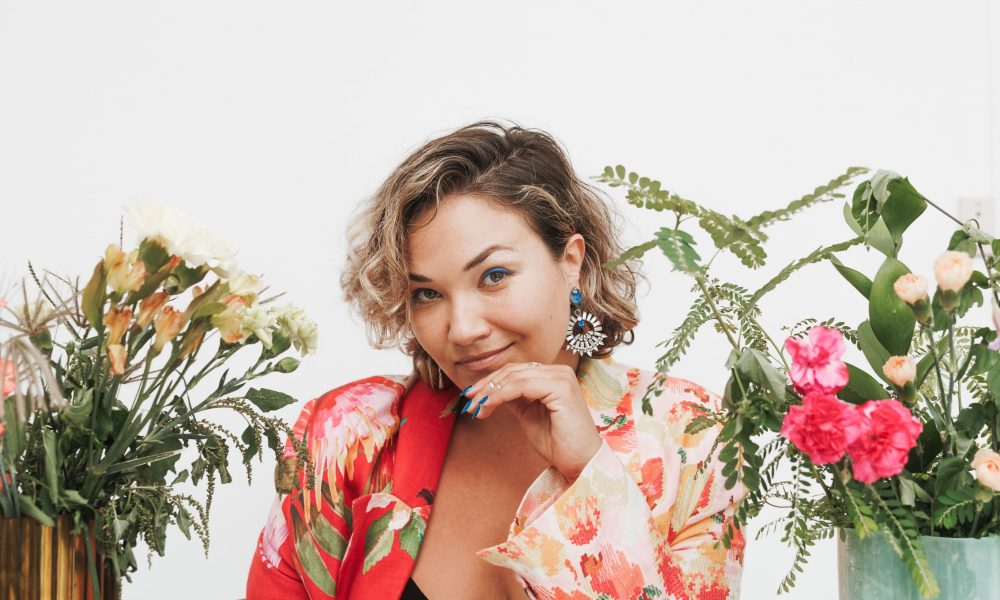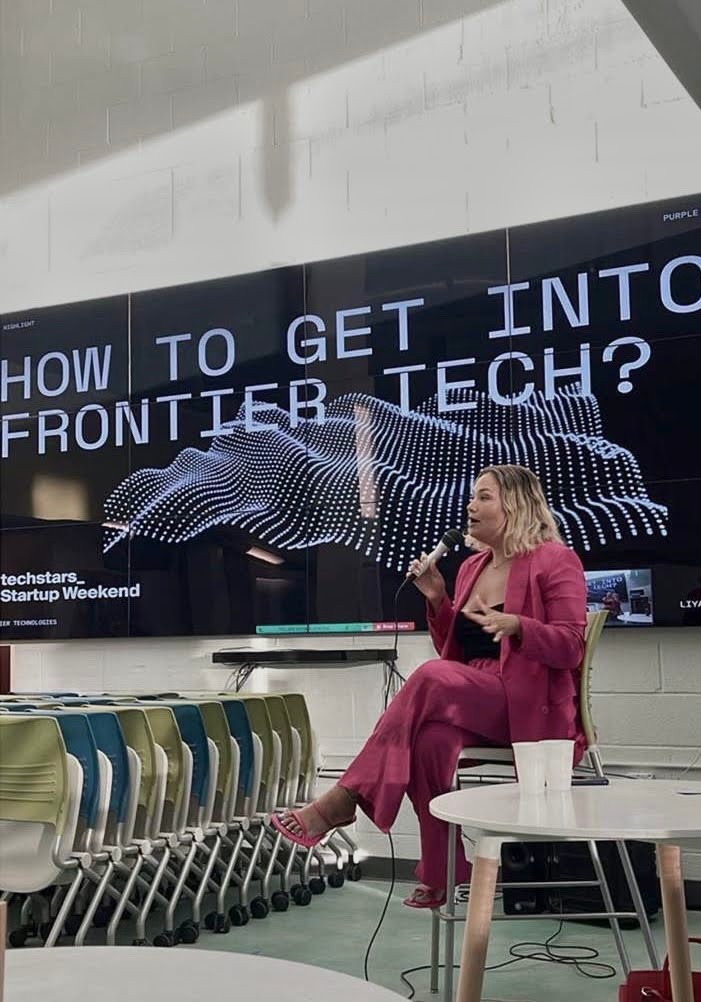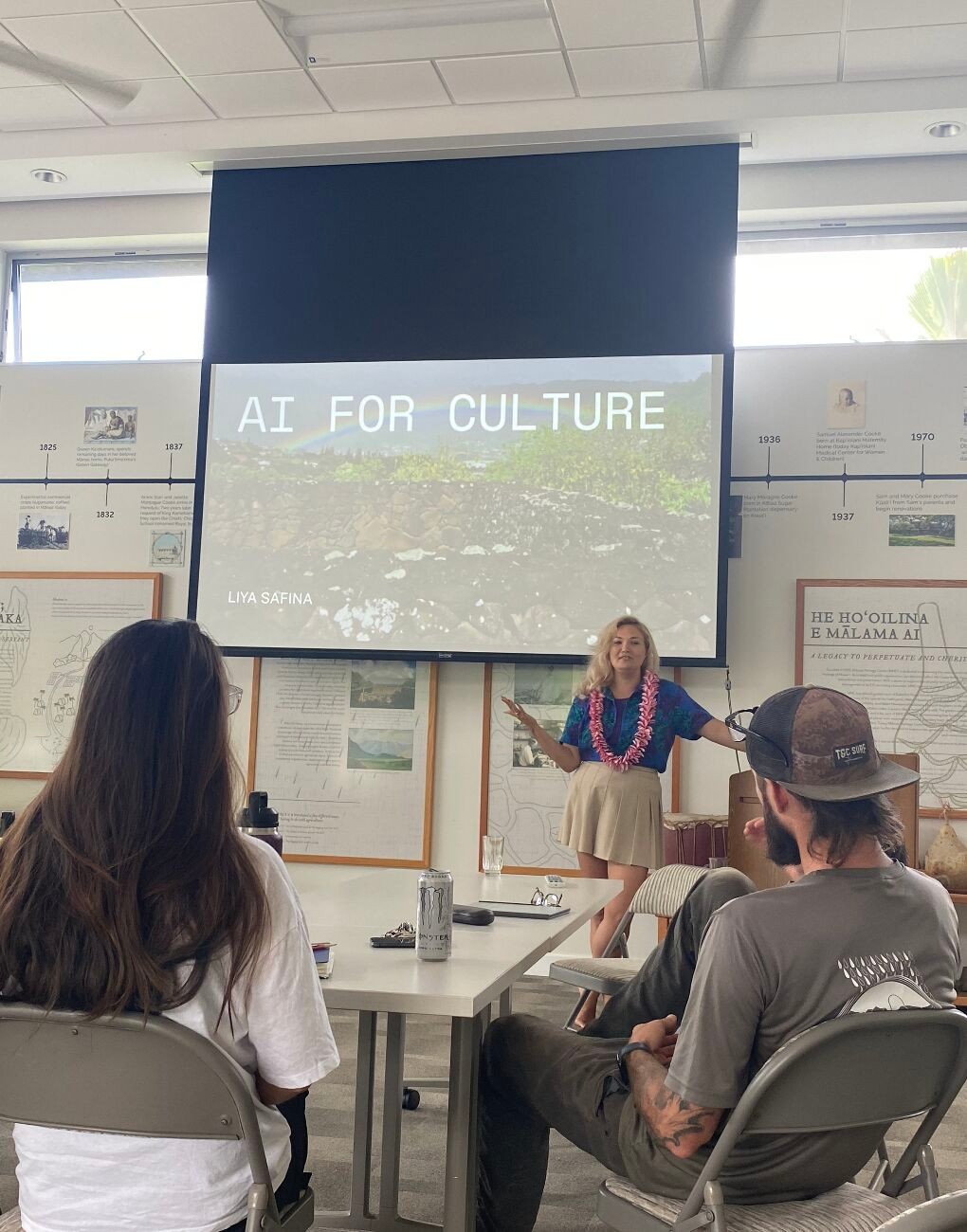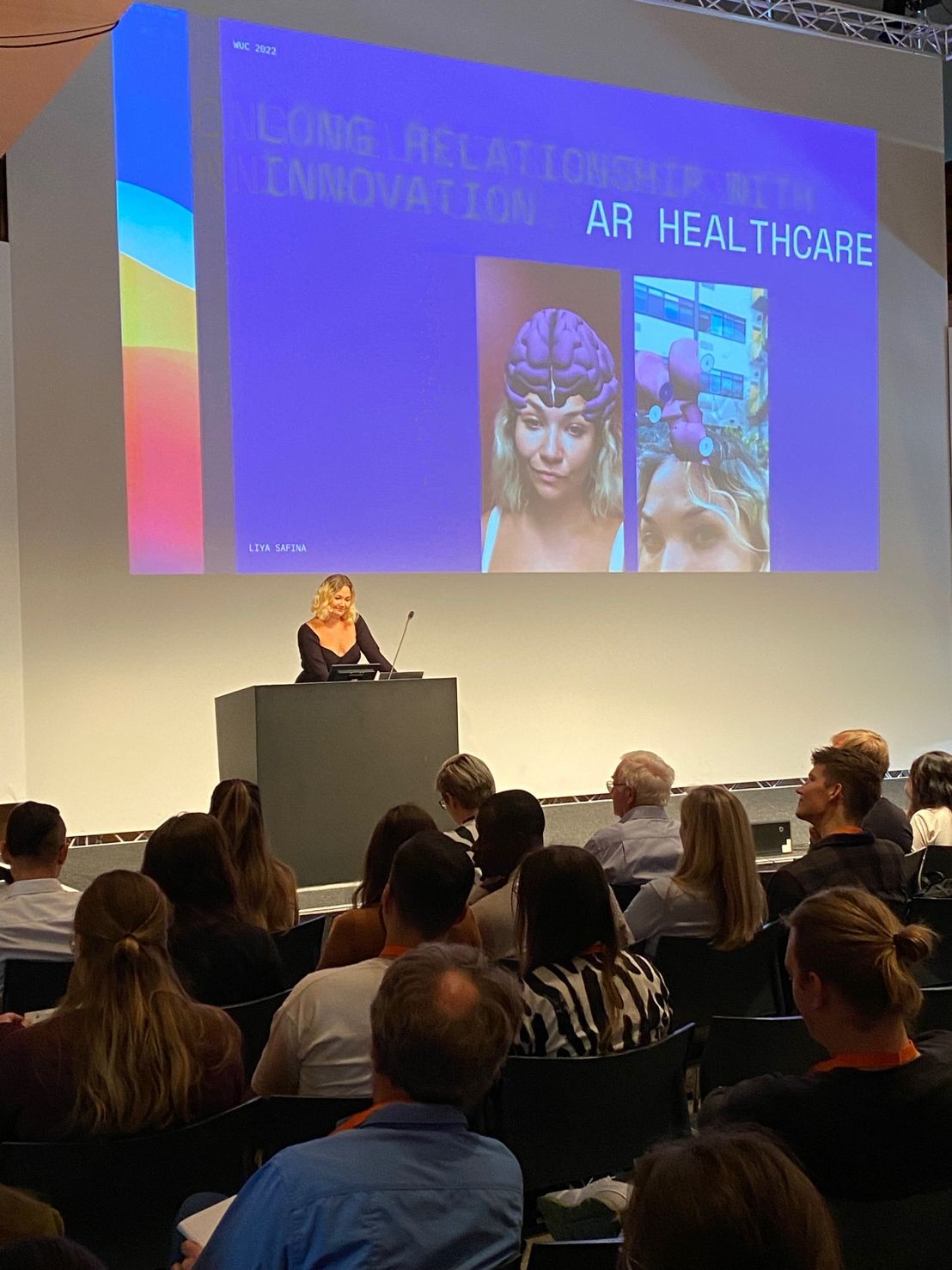

Today we’d like to introduce you to Liya Safina.
Alright, so thank you so much for sharing your story and insight with our readers. To kick things off, can you tell us a bit about how you got started?
I grew up in Europe, in Belarus. People are often surprised to learn that my first education was in architecture — and I was fortunate to apply the knowledge at a huge architectural company in Minsk. Straight off the bat, my first projects were water parks, embassies, and amphitheaters. Which means a lot of responsibility. This experience fundamentally shaped my approach to digital products; I’m a little bit of a risk taker, as I readily embrace high-stakes situations (like million-dollar budgets) and can quickly correct the course if needed.
Over time, I transitioned to teaching architecture and was invited to develop a methodology for a massive open online course (MOOC) on urban studies. And that’s when it really clicked for me: I realized that the digital world provides so many more tools and possibilities for education — bridging distances, allowing for way more interactive experiences, and making education accessible to those who otherwise could not afford it. I fell in love with user experience and interaction design.
Since I moved to the United States over 11 years ago, my experience has spanned from co-founding a social app (supported by 500 Startups Accelerator) to leading the UX team at one of the pioneering e-commerce agencies. Over an 8-year-long freelancing career, my clients included Nike, Alibaba, Bottega Veneta, Lebron James’ “Uninterrupted,” Coinbase, and Bob Dylan Center. My work has tackled technologies ranging from blockchain and the Internet of Things to autonomous vehicles, XR (which is a catch-all term for AR/VR/MR), and AI.
Unfortunately, I can’t talk about what I’m currently working on with Google’s AR/VR team, but you’ll hear about it soon enough. It’s kind of a pinch-me-moment; I’m very fortunate to get to do this every day!
Can you talk to us a bit about the challenges and lessons you’ve learned along the way? Looking back, would you say it’s been easy or smooth in retrospect?
Back over 8 years ago, I was working at a design agency, and we had a holiday party where a lot of VC investors and clients were in attendance. I misread the invite and accidentally overdressed to the party, wearing a sequined cocktail dress where everyone else was a little bit more casual.
When you’re a non-executive designer, none of the higher-ups really want to talk to you because they can’t see how you can be useful to them. So, I took advantage of my overdressed status and pretended like I owned a small venture capital firm investing only in female-led Russian startups (I got my colleagues in on this joke too). And suddenly, everybody was so fascinated to talk to me, with many people asking for my email and inviting me to coffee meetings. Mind you, nothing changed about my knowledge of the industry or the perspectives that I shared about technology, but it’s just the higher-up position that made people interested. I had to come clear eventually about the prank, but at the end of it all, it taught me how sometimes titles can carry way more importance than you place on them.
The reality is that women often face a different set of expectations in tech compared to men. This discrepancy can be upsetting, especially in situations like seeking promotions or sharing ideas. While the industry is slowly evolving, focusing on your own path and the quality of your personal and professional relationships is more productive than drawing comparisons.
Thanks for sharing that. So, maybe next, you can tell us a bit more about your business.
A recent XR project I’m very proud of is Altoida — an app-based tool for measuring and monitoring your brain health. There is huge potential of digital devices and sensors to enable objective and continuous monitoring of Alzheimer’s disease symptoms. Altoida’s AR cognitive assessment tool seems to be one of the most promising emerging technologies in this field, ensuring more people get an early diagnosis or are simply more educated on their brain health. It’s free to download; try it for yourself.
Do you have recommendations for books, apps, blogs, etc.?
Contrary to many of your interviewees, I won’t be recommending a technical newsletter, book, or podcast. Instead, I’d like to present a new perspective on a film that many have likely seen but perhaps not fully appreciated in the context I envision. I believe that art prompts us to re-examine our relationship with the world. It helps us step back from our habitual perspectives and offer a fresh lens through which to view our lives. And the film that I would suggest we revisit is “Interstellar.”
“Interstellar” is a beautiful story that has a lot of parallels with what’s happening in our current technological reality. And the message is that the road to disaster is paved with good intentions.
Space exploration and advancements in engineering, pursued with noble ambitions, mirror the driving forces within the tech industry: the desire to explore, to push boundaries, and to make a significant impact. However, these pursuits are not without their ego-driven aspects and dangers.
Well-intentioned actions can inadvertently lead us toward outcomes we’ll ultimately regret. I think it’s very important for anybody working in technology to constantly look into the bigger narrative and see if what they’re doing is still benefiting the advancement of humanity, helping people connect. As opposed to simply building a money-making machine for someone else.
Contact Info:
- Website: www.liyasafina.com
- Linkedin: https://www.linkedin.com/in/liyasafina/



















